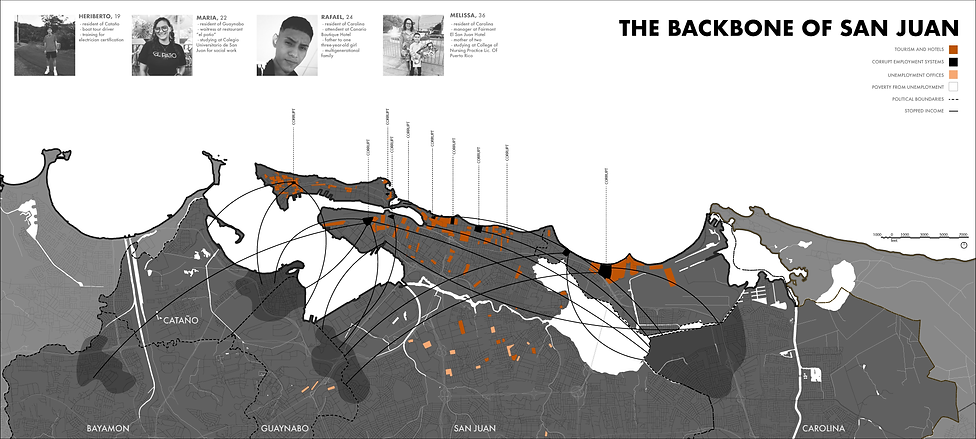RESEARCH
TUPI
KAWAHIVA
This project was a semester-long endeavor focused on Decolonizing Design and challenging how we, as designers are conditioned to think. The assignment was to pick an indigenous group and learn as much as possible about the people to fully understand their culture and values. I selected the Tupi Kawahiva, an indigenous tribe located in the state of Mato Grosso, Brazil. They are uncontacted and have remained uncontacted from their settlement hundreds of years ago. Colonial influence from the Portuguese and Spanish had detrimental effects to surrounding tribes, but not the Kawahiva.



I learned about the many challenges the Kawahiva have faced, as the land they inhabit has many lucrative resources. Learning about the Kawahiva culture was nearly impossible, as they are often approached with violence as a force to remove the Kawahiva from their homeland, causing them to revert to isolation more. Designing for a group that you cannot contact brought som challenges as well. Research them through proximity and research done by anthropologists from the early 1900s gave me an idea on how to design for a community that would benefit the most with no contact at all.
SAN JUAN, PUERTO RICO
San Juan, Puerto Rico was a region that we studied to understand the impacts climate change will have on the island. Being a city heavily reliant on tourism, San Juan and its locals will face issues detrimental to their economy and wellbeing. The island itself is a mountain, creating opposing climates on both sides of the island. These conditions will be amplified as erratic storms, increased rainfall, and long draughts will be more frequent with rising temperatures. The rise of sea levels will reduce available land and many scenic beaches, as well as the historic area of Old San Juan, both of which are essential to the economic success of the city. The infiltration of salt water in the water tables will also make potable water far less accessible.

Additional research allowed us to develop our analyses further. A diagrammatic map was done to indicate the impact the tourism industry has on those who reside on San Juan permanently. (above)
Two areas of San Juan were analyzed throughout the semester. Here is a gallery of our research in phases, displayed in a progression from research to programmatic, displayed as presentation boards. (below)




